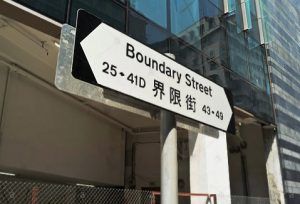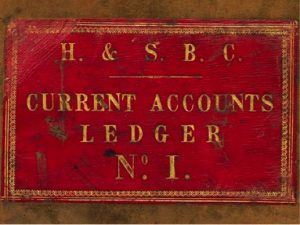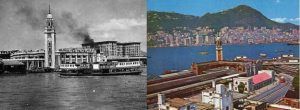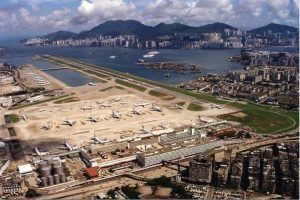A Brief History of Hong Kong Part 1 – The Early Days
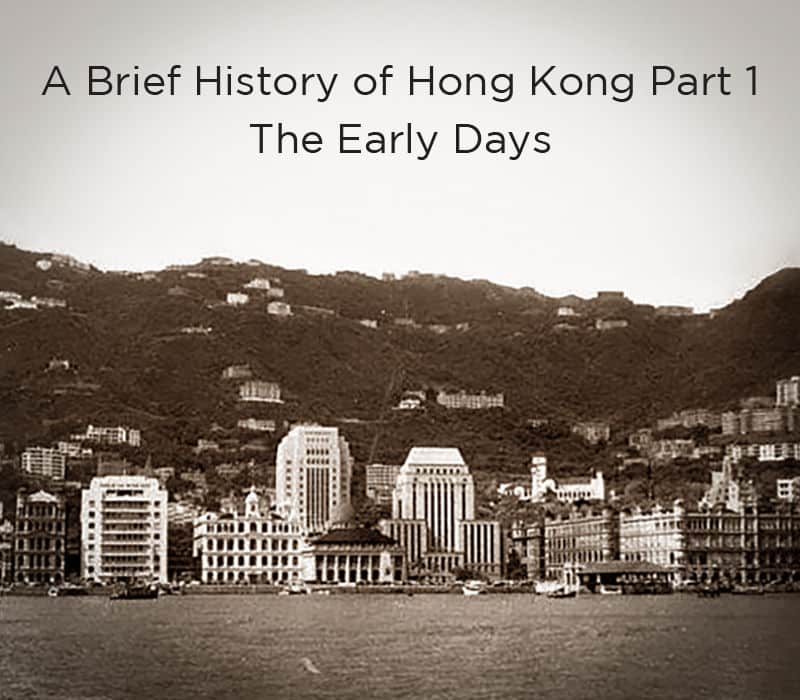
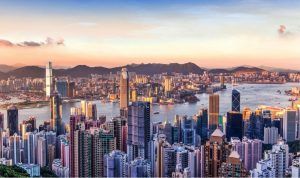
A look at our beautiful city, minus all the minerals in the air – photo courtesy of https://www.fragomen.com
Recent arrival? Part of the foreign-born contingent of HK? At latest count around 38% of HK’s population was born overseas… so you’re not alone!
Today we’d like to give you a brief background to Heung Gong’s (that’s Hong Kong for you newbs) short but colourful history. Use it to impress your new friends, or even any locals you meet. Knowledge is power!
1839-1842: First Opium War between the British Navy and Chinese Forces. Britain wants to sell opium to China, but China says no way! Britain blockades ports in China, who have no choice but to surrender and cede Hong Kong Island “in perpetuity” to the British in 1842 when they sign the Treaty of Nanking. It was also the case that to take Hong Kong Island, the British would be subject to inhumane levels of humidity for “perpetuity”. Taking advantage of the chaos, Commodore James Bremer lands at Possession Point in January 1841 and places the Union Jack in the ground (currently Possession Street in Sheung Wan – that’s how much harbour reclamation has happened since then!) Queen Victoria writes a letter to her cousin King Leopold in Belgium saying “Albert’s so amused that I got the island of Hong Kong.” Well, there were only 7,500 people in HK back then, and HK was a rather barren island. So it wasn’t like they were taking over the whole of China.
1856-1858: Second Opium War, ending with the Treaty of Beijing in 1860. Britain obtains Kowloon and Stonecutter’s Island “in perpetuity”. Stonecutter’s Island no longer exists and is now part of Kowloon Peninsula. From 1860-1898, HK’s border is modern-day Boundary Street in Prince Edward.
1865: HSBC opens and, in a sign of things to come for many MANY years, successfully upsets their first customer on their first day of business, despite their very first customer being their own Chief Manager, Victor Kresser! Ten days after opening, Abdoolally Ebrahim & Co opened an account with a deposit of $14,800. They remain HSBC’s oldest surviving customer. (Please note that HSBC is a good bank and never upsets any customers).
1894: Hong Kong is hit by the bubonic plague. It devastates most of Hong Kong, including Cheung Chau, where the locals pray to the God Pak Tai to help them. He apparently listens, and Cheung Chau recovers, and so a Thanksgiving bun festival is held to honour the great God annually. Please click to find out more about the Cheung Chau Bun Festival please see the link: http://www.discoverhongkong.com/eng/see-do/events-festivals/highlight-events/cultural-celebrations.jsp
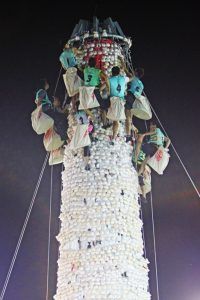
(It literally is a Tower of Buns. These days, the buns are plastic, for hygiene reasons, but they were edible in years gone by) (Photo courtesy of thetravellingmunschkin.com)
1898: Second Treaty of Beijing giving Britain the New Territories and 200+ outlying islands for 99 years is signed – 90% of HK! Yep, there’re that many islands in Hong Kong!
1904: Peak Reservation Ordinance enacted. The Peak becomes an exclusive area for Europeans (aka: Gweilo-only zone). This however was repealed in 1930.
October 1910: KCR (Kowloon-Canton Railway, now known as East Rail) opens and uses steam trains. They’d eventually be replaced by diesel trains in the 1950s and 1960s, followed by full electrification and double tracking in 1983. In 1978, the original Kowloon Station terminus in TST is demolished, but the TST Clock Tower remains to this day for all to take in its old glory.
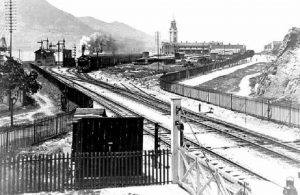
Photo from the 1910s or 1920s, Clock Tower and Terminus visible in the distance. Courtesy of hongwrong.com
1911: Qing Dynasty, and the last empire of China, is overthrown. Refugees flood into HK in record numbers.
1912: Mr Kai and Mr Tak want to do some reclamation for development in Kowloon. Their business fails and the Government takes control of their business, establishing an airfield at Kai Tak, which later becomes RAF Kai Tak, and then Hong Kong International Airport until 1998. The name “Kai Tak” lives on as a typhoon name, for those that form over the Western North Pacific.
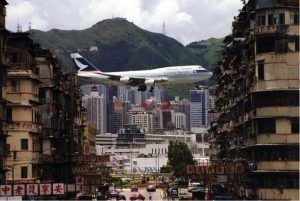
(A Cathay Pacific 747-400 flies over Kowloon City on final approach to Kai Tak, photo courtesy of hongwrong.com)
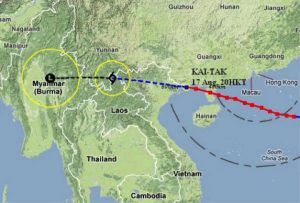
Typhoon Kai Tak comes close to attacking Hong Kong in 2012, photo courtesy of http://thewatchers.adorraeli.com
7 July 1937: Japan invades China. Refugees flood into HK…again
2 September 1937: Massive typhoon hits HK. 11,000+ people die.
8 December 1941: Japan invades HK.
25 December 1941: Black Christmas. HK falls to the Japanese. HK’s then Governor, Mark Aitchison Young, surrenders to the Japanese in the Peninsula Hotel. (Yup, THAT hotel)
16 September 1945: Japan formally surrenders HK to the British, roughly one month after their unconditional surrender in WWII.
1 October 1949: PRC established. Refugees flood into HK (again!) and provide cheap labour for wealthy entrepreneurs who also migrate to HK and set up businesses.
As you can see, Hong Kong’s early days weren’t the most pleasant for many people. But what the first half of the 20th century lacked, the second half surely made up for! Stay tuned next week for part 2 of our series, and see how Hong Kong became a global city in the final years of British rule.
Nikhil Gidwani was raised locally and is a proud Hong Konger. After a few years of living and working overseas, he has recently returned to the Asia’s World City. When he’s not working, Nikhil spends much of his time hiking and visiting different parts of Hong Kong in order to find new material for his Instagram page. .



